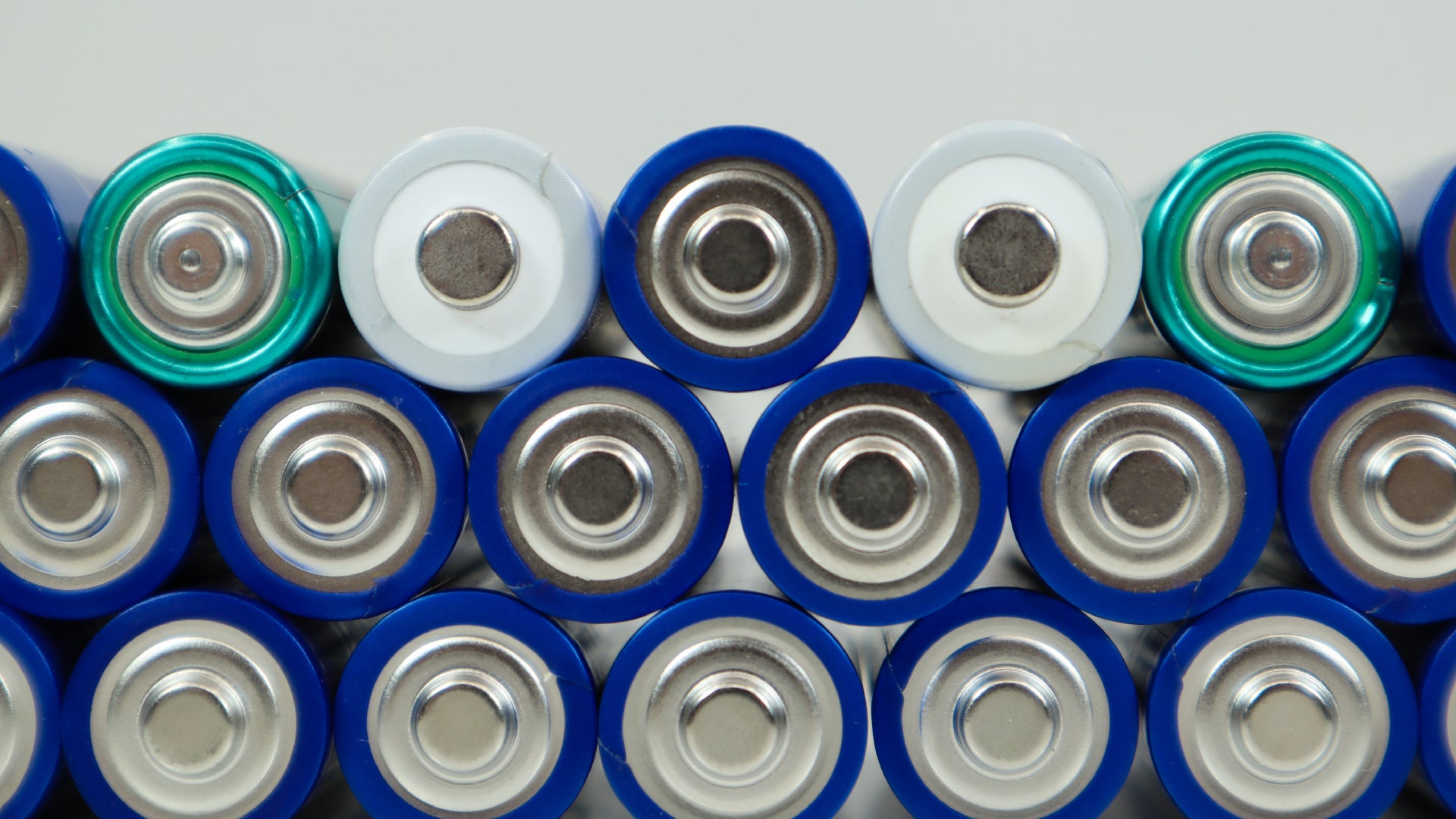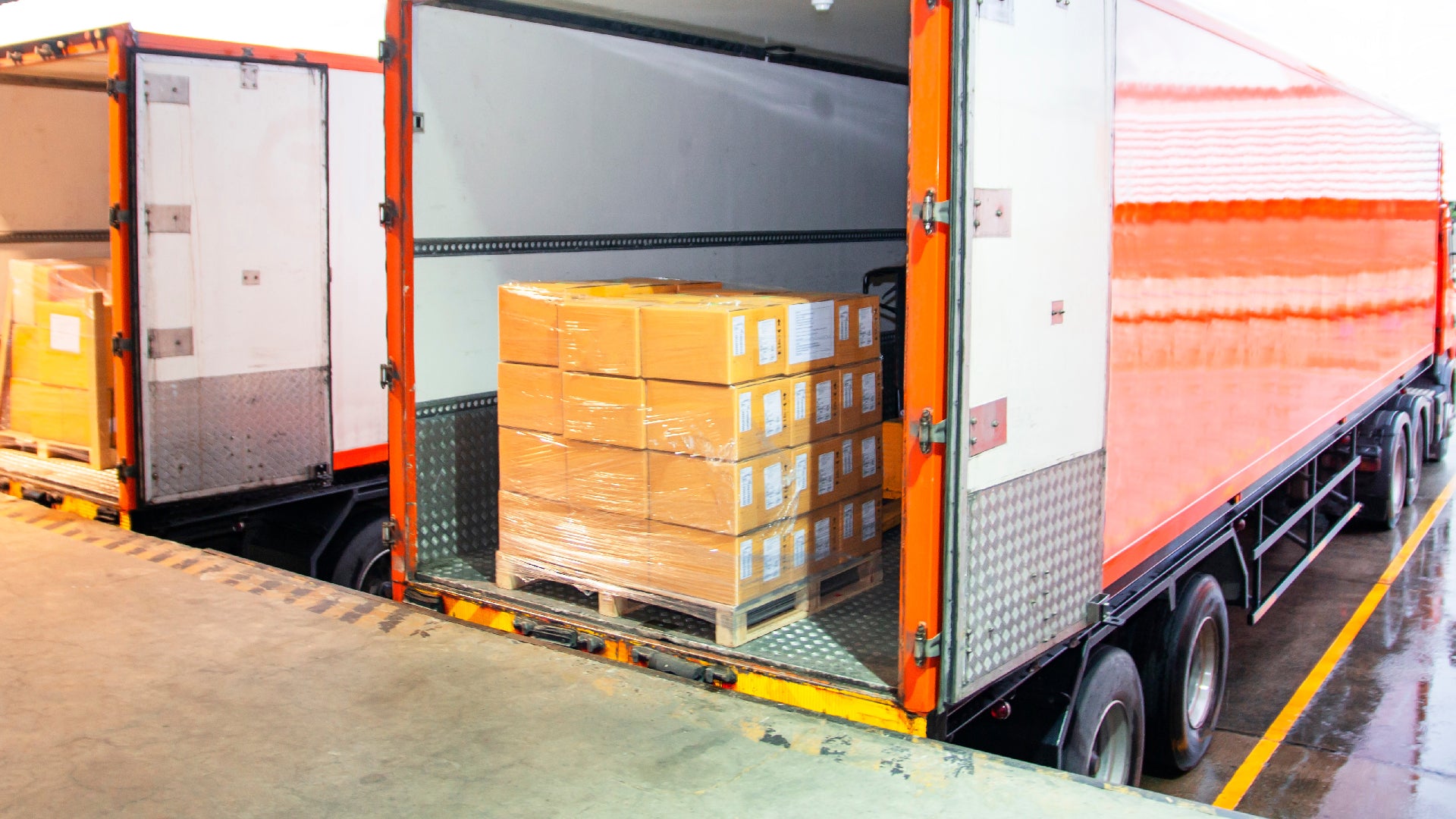A press release from the FDA contained information about two rules concerning PMTA applications - the PMTA Final Rule and the SE Final Rule. But the information surrounding them is confusing. Even more so because the document for the PMTA Final Rule simply states “THIS DOCUMENT WAS WITHDRAWN.” So what are PMTA and SE Final rules, and what is going on with them?
PMTAs are short for Pre-Market Tobacco Applications. Normally, when people submit applications, they know the requirements for the applications so they can provide the information asked of them.
On January 29, 2021, the PMTA Final Rule defined what was needed in the PMTA. The PMTA application deadline was on September 9, 2020. The deadline for applications passed four months after the rules were released.
A common criticism of the PMTA process was that it was confusing. It was not always clear exactly what the FDA was requesting from companies. In their own press release, the FDA noted "The FDA has received and reviewed thousands of premarket applications for tobacco products, that range widely in the level of detail they contain." That was to be expected when the FDA themselves was not exactly clear on the amount of detail a PMTA application should contain.
Seeing the process clarified after companies had to decide between closing down or spending money filing for the PMTA is frustrating. There will most likely be companies that have to submit extra lab work or won’t actually have the resources to give the FDA all the information that is needed, and end up with a denied application - one they could have avoided wasting money on if they knew they didn’t have a chance at approval in the first place.
The other rule finalized was the SE Final Rule, or the Substantially Equivalent rule. Basically, the FDA can grant a product market access if they determine it is either the same or similar in risk to a tobacco product that has already been granted market access.
The Substantially Equivalent rule could be relevant to vapes. If one tobacco-flavored 0mg liquid passes, it would likely be easy to argue other 0mg tobacco-flavored liquids would be considered substantially equivalent.
Again, the Substantially Equivalent Final rule is also a clarification of the information needed to submit an application and of the approval process. However, vapers are not as upset about this rule because there are no e-liquids filing for substantial equivalence. There are no vaping on the market they can claim equivalence to. Since this rule was passed before applications were submitted, the Substantial Equivalent Final rule is worth knowing about, but not getting annoyed over.
At the moment, if you try to read the PMTA Final Rule on the FDA website, you will find a single pdf page stating “THIS DOCUMENT WAS WITHDRAWN.” Despite the many things that text seems to imply, the FDA is unlikely to be reversing PMTA rules.
When the United States changes presidents, it is common for the last actions of the previous president to be frozen. This makes sure that presidents do not attempt to abuse their power at the last minute, or by forcing actions through that the upcoming president’s management disagrees with. If they are not problematic, the policies are unfrozen and implemented. Since the PMTA Final Rule was passed on Trump’s last full day as president, it was included in a list of policies that were frozen. But don’t expect things to change - anti vape legislation is generally popular and PMTAs are pretty viewed positively among politicians.
References:
PMTA Included in White House Rules Freeze
Public Inspection: Premarket Tobacco Product Applications and Recordkeeping Requirements




Leave a comment
All comments are moderated before being published.
This site is protected by hCaptcha and the hCaptcha Privacy Policy and Terms of Service apply.